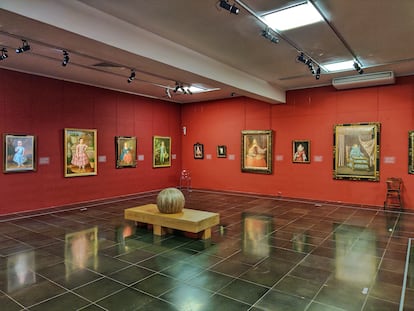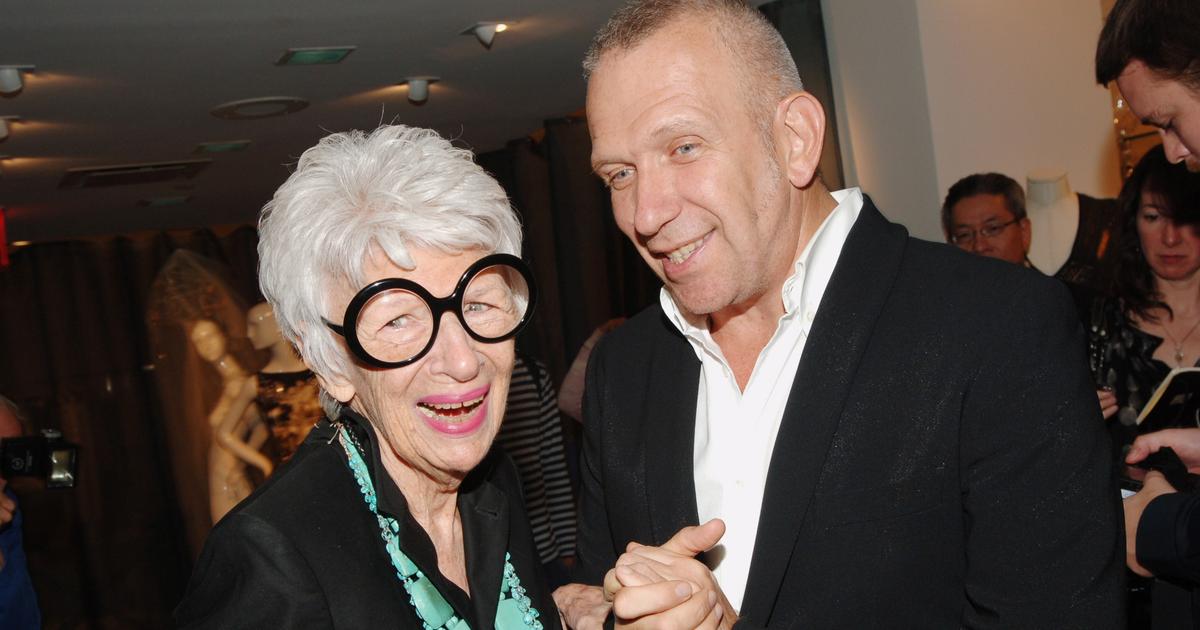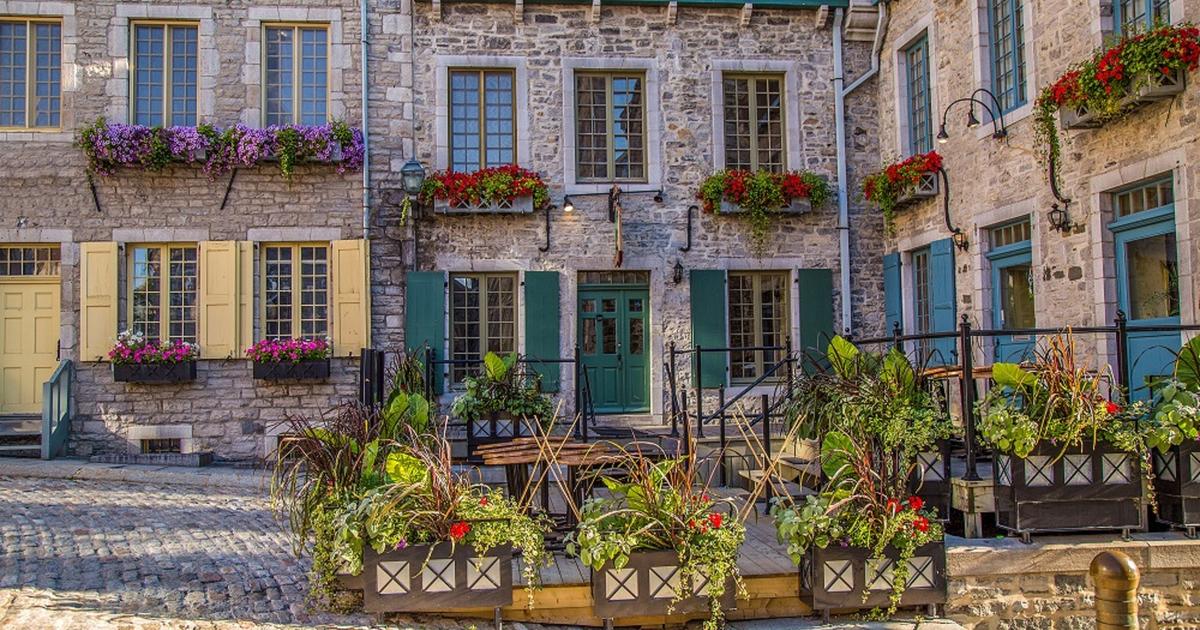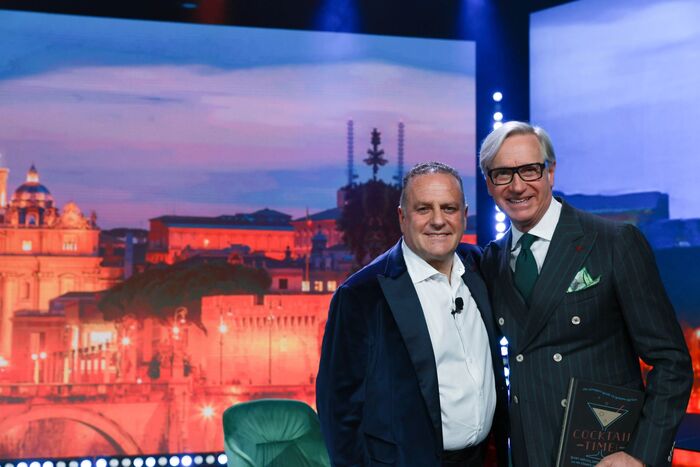From the Majorcan town of Alcudia a road begins, about four kilometers long, which enters a forest of pines and wild olive trees.
As you move forward, the ditches and the line that separates the lanes disappear, until you reach the gate of the Sa Bassa Blanca Museum, the white raft, in Spanish, by the name that the fishermen gave to an accumulation of water in that area that served them of lighthouse from the sea.
An earthly paradise, protected, with views of the bay that houses an artistic park where you can see a
barceló
or a
miró
while the children run between 50 gigantic animal sculptures: a hippopotamus, an elephant, a dog or an octopus, this one is eight meters high.
At the doors of the museum, the collectors and artists Ben Jakober (Vienna, 92 years old) and Yannick Vu (Monfort-L'Amury, France, 80 years old), the creators of each work that can be seen in the 160,000 meters square meters of the farm or the hundreds of roses in the outside garden, is in perfect condition.
The building, which was his home before the museum, was designed in 1978 by Hassan Fathy, considered the best Egyptian architect of the 20th century.
However, a tragedy turned Ben and Yannick's lives upside down and changed the meaning of their home: the death of her daughter in a motorcycle accident in Tahiti in 1992, when she was 18 years old.
An event that prompted them to devote themselves to artistic creation and the compulsive acquisition of works, at first children's portraits, above all: “We collected and today we have 165, from between the 16th and 19th centuries.
It was a kind of obsession and a therapy too”, says Jakober.
View of the house that Hassan Fathy built for the Jakobers in Alcudia and which is now the site of the Sa Bassa Blanca Museum. SA BASSA BLANCA MUSEUM
The following year, their friend Achille Bonito Oliva, director of the Venice Biennale of that edition, invited them to participate.
They did it hand in hand with a gigantic 15-meter-high sculpture of a horse's head, inspired by a famous drawing by Leonardo da Vinci.
In addition, they created their foundation and in 1994 they converted their residence into a museum that houses 1,700 works of art, "of which 30% is exhibited," he adds.
Ben and Yannick celebrate their golden anniversary this 2022, while they continue adding works to their collection.
“Ben never stops shopping!” she jokes.
"At Christie's, Sotheby's, dealers also come, there are donations... but we always try to ensure that what is new has some connection with what is already there," he adds.
The couple lives half the year in Marrakesh and the other in Mallorca;
aware of their age, they have decided to promote the museum with, among other initiatives, invitations to the press, such as the one offered to EL PAÍS to carry out this report on June 10.
"Shall we do some sightseeing?"
Ben gets up and the first stop is an old cistern converted into an exhibition room, where 56 of the children's portraits from his collection hang.
When you go down the stairs and enter this silent space, you feel watched by the little eyes of all those little ones, classified by country.
"Yes, they are disturbing, because they are not children playing, but serious, prepared to assume responsibilities, it is seen in their gestures and in their clothes."
Like the paintings with children of the Medici or Savoy lineage, adorned with the symbols of their aristocracy;
that of the Sun King, Louis XIV, as if mummified by lace, with his first wet nurse, portrayed with one breast exposed, is overwhelming.
In the Dutch part, the bourgeoisie predominates, such as
Child sitting on a cushion
, who raises his skirts to show his penis, the way of proclaiming that the family perpetuated his name.
Portraits from the 'Nins' collection, of royal children and European aristocracies, at the Sa Bassa Blanca Museum.
Among the Spaniards, an oil painting with the children of King Felipe II, a portrait of Carlos II, from 1671, by Carreño de Miranda, in which his sick complexion can be seen at the age of 10.
Also disturbing is that of Luis I as a child, son of Felipe V, who reigned for a few months due to the death of Miguel Jacinto Meléndez.
Faced with so many children, Jakober remembers when he lived through the Anschluss at the age of seven, the annexation of Austria by Nazi Germany in 1938. “My parents were Hungarian and Jewish merchants, although not very believers, but they helped others.
We went to England, where they had business, and I got British citizenship.
They also collected art.
A grandfather of Ben's was not so lucky and died in Auschwitz.
Then in Paris he entered the Rothschild bank, in 1955. “A sin”, he laughs.
“I got promoted, I earned money, plus the one my father left me…”.
A friend of the Italian painter and set designer Domenico Gnoli and his wife, Yannick, at the time, he went to visit them at their house in Mallorca at a time when
hippies
and bohemians dreamed of finding paradise there.
"I said to myself: this is life! What am I doing in meetings in Paris with a tie?"
He bought a farm in the mountainous Mortitx, in 1968, and grew a beard: “he lived like a peasant, with 400 sheep”.
In 1970 Gnoli died of cancer and Ben and Yannick went from friendship to marriage two years later.
'Elefante' (2007), one of the giant sculptures, 2.20 meters high, in the exterior garden of Sa Bassa Blanca. SA BASSA BLANCA MUSEUM
It was then, as a gift for her, that he bought
Portrait of a Girl with Cherries
(circa 1846), by the Majorcan Joan Mestre.
“Yannick told me that for years he had liked a painting that he had seen in Palma, but that the owners did not want to sell it.
So I turned to an antique dealer who was an institution.
The next day he called me and told me that he not only already had that painting, but another one by the same artist”.
Yannick's parents were a French pianist and a Vietnamese painter.
"This museum is the story of our lives and others," she says.
"We don't have any public sponsorship, which gives us the independence to teach what we want."
When she is asked about the fun sculptural zoo displayed on the farm, she replies: “Humor is important in the works we do, when you take yourself too seriously, you don't go well.
We are now preparing pieces to take to London and Istanbul, if we are alive!” she laughs.
“Sa Bassa Blanca is to enjoy, it allows different generations to connect with art”.
A
tour
for which, they calculate, a couple of hours are needed.
With some 20,000 visitors a year, in 2021 they dropped to 12,000 due to the pandemic.
"The Majorcans came because they didn't go to other places," says Jakober.
The forecast for 2022 is to exceed the pre-pandemic figure and the medium-term goal is to reach 50,000.
“Of those who come, 65% are foreigners, almost all Germans;
Majorcans are 30% and Spaniards from the Peninsula only 5%, when they are 35% of the tourists on the island.
That's the thing, they don't know us in the rest of Spain”.
One of the works of the artist Louis Bourgeois in the museum. SA BASSA BLANCA MUSEUM
The second large exhibition room, also underground, named Sokrates, is a cabinet of curiosities in which it is impossible not to be amazed.
The fossil of a Siberian rhinoceros from the Pleistocene stands out in the background.
It is framed, just behind, by a curtain of 10,000 crystals that the Swarovski house gave them.
"It's magical how something so old and something so recent can go so well together," he says.
This taste for the juxtaposition of styles and eras is constant: there is an electric vehicle, masks from Congo and Nepal or works of contemporary African art made with toothbrushes and plastic caps to draw attention to the garbage in the seas.
Next to it, a piece by Louis Bourgeois,
Study for the Head of Lucien Freud,
by Bacon;
a
barceló
from 1983, in which his taste for the use of materials such as clay was already evident;
two paintings by José María Sicilia… Or installations, such as a light projection by James Turrell,
Juke Blue
.
Ben Jakober and Yannick Vu, in one of the rooms of the Sa Bassa Blanca Museum, in Alcudia, Mallorca, on June 10. FRANCISCO UBILLA
Suddenly, one comes across huge wooden posts from houses in Papua, a small figure of a Christ from the 16th century or pre-Columbian art... "Children don't get bored, the important thing is to put in them the seed of something they can remember more go ahead,” says Jakober.
He doesn't want them to get tired either.
That is why there is a cafeteria with a terrace, supplied by the farm's orchard, and a picnic area.
That playful component that underlines this couple of art lovers shines in the works outside, in addition to the giant sculptures of animals.
There is a labyrinth of stones, a crown of thorns made with branches from the area or the work entitled
Estelas del Sol
, which represents a megalithic complex with 13 stones, each three meters high, brought from a nearby quarry.
As it starts to get hot, it's time to enter the museum, which has three exhibition floors.
It is a white house, with crenellated walls and domes, with an interior patio reminiscent, in a reduced version, of those of the Alhambra, with two fountains, palm trees, jacarandas and lemon trees.
Hassan Fathy built this palace, studded with latticework and ancient doors, when he was 78 years old.
It was the only work in Western Europe by a master builder who advocated simple materials and sustainable architecture, perhaps because he lived in Cairo with a dozen cats and ate boiled chicken with noodles.
Cardboard chair designed by Frank Gehry, in the Sa Bassa Blanca Museum. SA BASSA BLANCA MUSEUM
On one wall is a coiled methacrylate snake, based on a drawing by Yves Saint-Laurent;
going up the stairs, a drawing by Miró… The library houses some 10,000 art books and is presided over on one wall by a piece, entitled
Read in a hurry
, a nod to his friend, the late businessman Jesús de Polanco, founder of EL PAÍS and President of the Prisa Group.
It is a Ferris wheel with books that turns when you press a button.
In other rooms hang drawings by Gnoli, by Moroccan artists, by Yannick's father... A small glass garden surprises with a collection of designer chairs, such as a cardboard one by Frank Gehry, and others by Damien Hirst, Ron Arad, Enzo Mari or Tom Dixon.
And if you thought your brain couldn't take any more flashes, the icing on the cake is in the couple's old bedroom.
Embedded in a dome there is a Mudejar polychrome coffered ceiling from 1498, acquired from an antique dealer in Madrid who preserves its inscription: "This chapel iso at its own expense Juan Fernandes castellano canonico chaplain perpetual en este Yglesia de Tarazona".
The priest Fernández would never think that part of the roof of his church would be, five centuries later, the first thing they would see when a couple woke up in their Arab fortress-style mansion in Palma.
The visit ends and so you can stop being amazed, while Yannick, with his Spanish with a French accent, states: "We collect because we like it, with no idea that it is an investment, we want to leave all this on record for the future."
Michael Douglas, Patron of Honor
Yannick and Ben, next to some gigantic vases in one of the museum's rooms. FRANCISCO UBILLA
One of the oil paintings from the
Nins collection
, of children's portraits, has a curious story that Jakober tells: “It was from the collection of Max Stern”, a German art dealer of Jewish origin who fled from the Nazis.
“We bought it at an auction in Germany and they told us later that the Nazis had taken it at the time and the heirs were asking for its return.
It didn't have great artistic value, but I went to a lawyer in New York.
He asked me what it had cost me and when I told him, he replied: 'You won't be able to pay my fees with that.'
I told him, well, I'm coming from Mallorca… 'Mallorca? Do you know Michael Douglas?'
I replied that we were friends.
Then he picked up the phone: 'Michael ?, there is someone here who says that he knows you…'.
In the end, he reached a Solomonic agreement with the painting, which remained the property of the heirs, but it remained here.
Months later, I called him:
'You have not sent me the invoice'.
And he replied: 'If I were going to charge you, I would have sent it to you a long time ago'.
Today, Michael Douglas, who visits them every summer, is an honorary patron of the foundation that governs the museum.
50% off
Subscribe to continue reading
read without limits
Keep reading
I'm already a subscriber






/cloudfront-eu-central-1.images.arcpublishing.com/prisa/ZUSCQAAVDZB4ZG3O6HXHMJFWCI.jpg)


